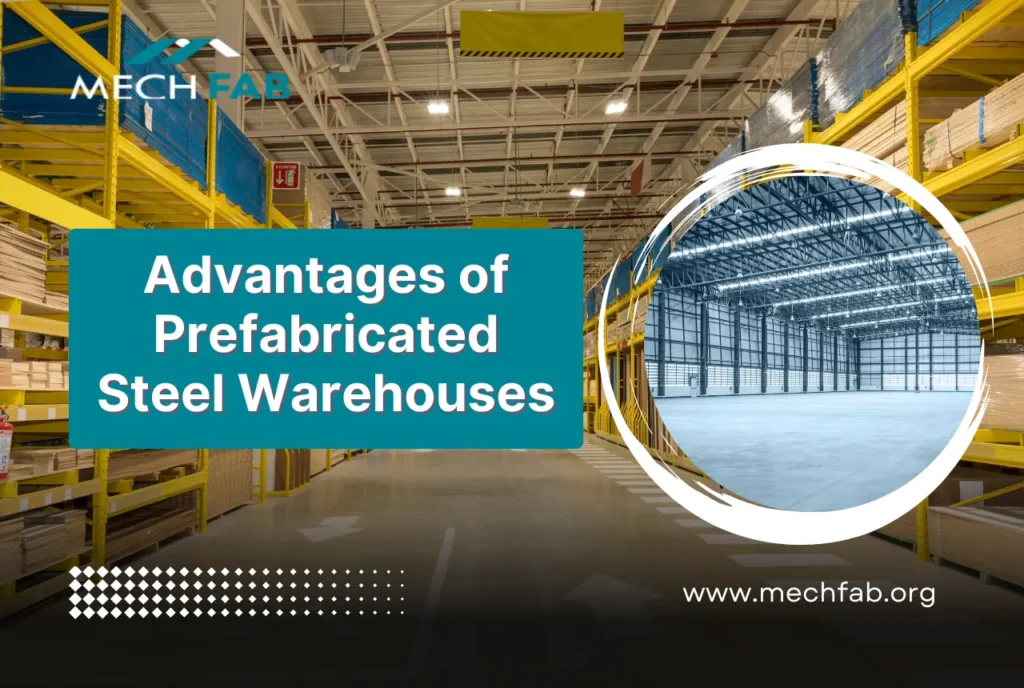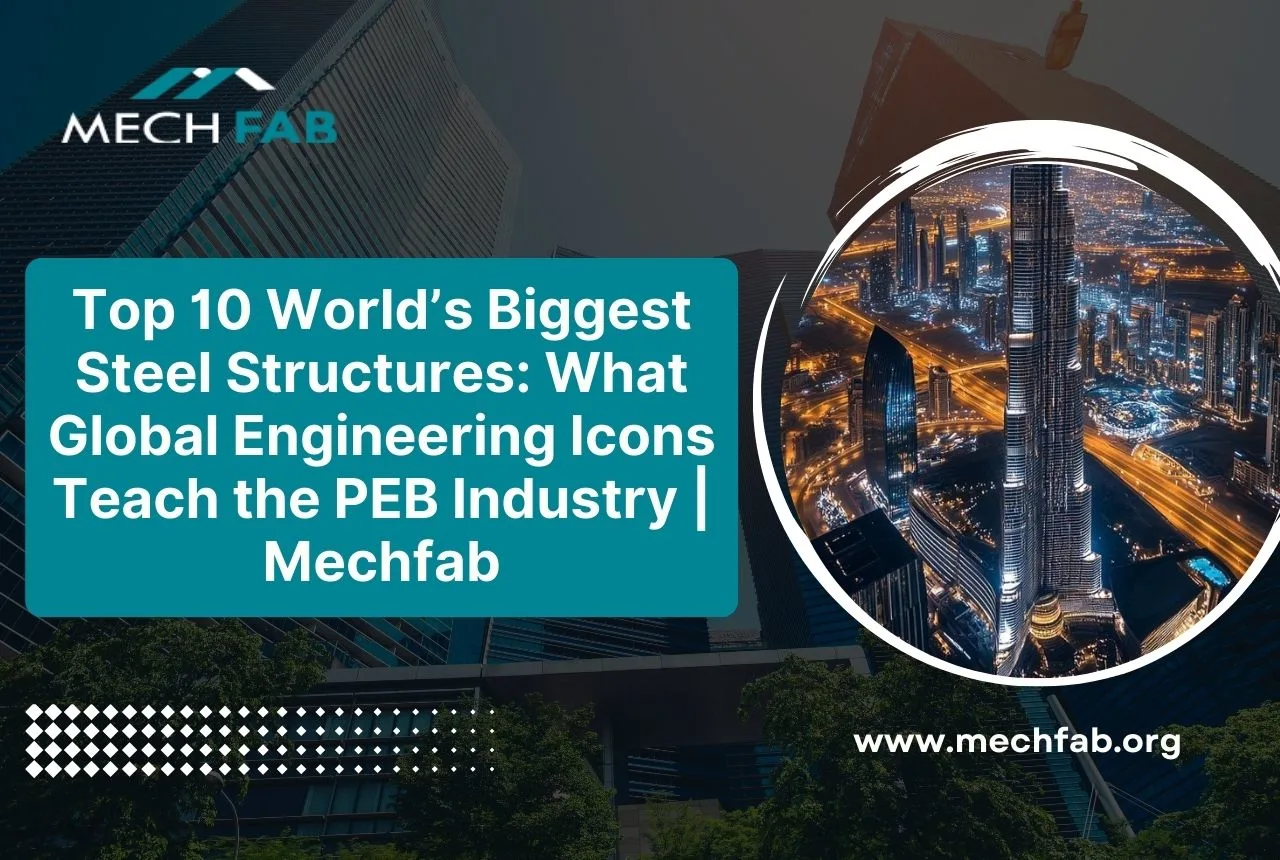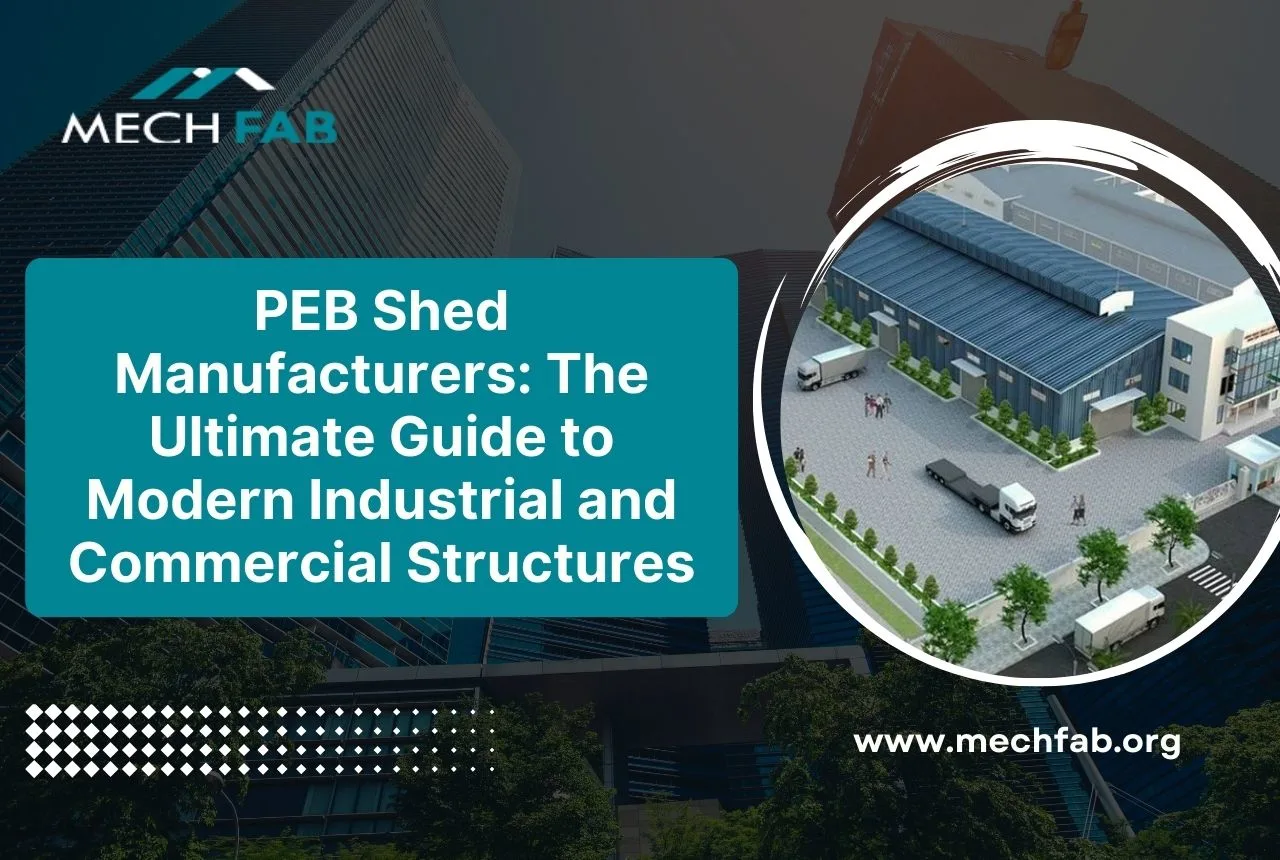If you’re a constructor or builder looking for flexible and cost-effective building solutions, prefabricated steel buildings are the best alternative. These are extremely resilient and require little to no care. The best advantages of prefabricated steel warehouses is that you can personalize them to fit any style or purpose you have in mind.
Oh, and let’s not forget about the other advantages of prefabricated steel warehouses it cuts construction time in half, and expanding afterward is a breeze. What a win-win!
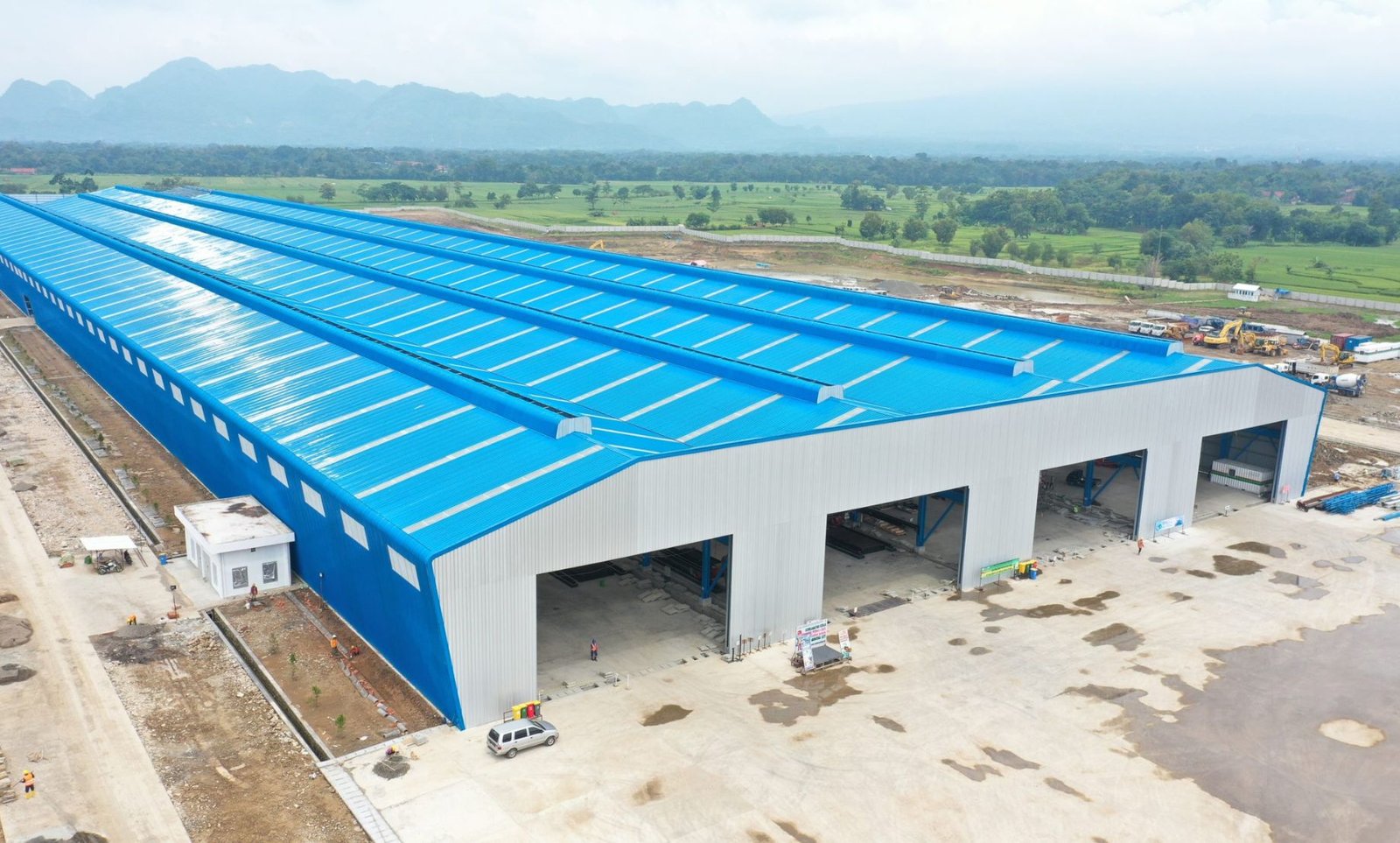
Define prefabricated steel warehouses – Advantages of prefabricated steel warehouses.
Warehouses constructed with pre-engineering steel are known as pre-engineered steel warehouses. A prefabricated steel warehouse is a type of storage building that uses pre-engineered steel panels for the walls and roof. These buildings are put together using bolts, joists, rivets, and other similar parts to connect steel beams, columns, and trusses.
Prefabricated steel warehouses are planned and built in factories and then brought to construction sites to be put together. The main frame can be made of steel, and the walls and roofs can be made of insulated sandwich panels or single-skin sheets, depending on the needs. Additional accessories can be added based on personal preference and the building’s planned purpose.
Getting prefabricated steel buildings up and running requires careful planning, time, and work, just like any other construction project, large or small. But you know the drill: a well-planned project usually hits the mark. Even though prefab buildings are popular in other industries, they are relatively new to the construction industry.
So, let’s talk about the advantages of prefabricated steel warehouses and why this type of construction might be a better option than the regular construction bustle.
Rapid construction of steel warehouse units.
Steel structures are expertly manufactured in a factory leveraging precision-engineered components. These components are subsequently transported to the construction site for quick installation, providing a far faster alternative to traditional on-site construction.
Prefabricated steel buildings can be completely erected in as little as two to four weeks, which is a significant advantage for enterprises that require a quick setup. The pre-engineered components, which are ready for seamless assembly, assist in accelerating the construction process. This not only lowers labor costs but also allows firms to begin operations much quicker.
Environmental benefits of prefab steel warehouses.
Prefabricated steel warehouses provide substantial environmental benefits throughout their lifespan. The manufacturing process of these warehouses eliminates material waste, and the recyclability of steel helps reduce the demand for new resources.
The energy-efficient production, minimal transportation impact, and limited site disturbance further contribute to their environmentally friendly image. Additionally, the integration of energy-efficient design elements makes these warehouses more environmentally friendly during their operational periods. In general, prefab steel warehouses offer a sustainable and efficient building solution with low environmental effects.
Energy efficiency in prefabricated steel warehouses.
Prefabricated steel warehouses stand out from traditional structures due to their emphasis on energy efficiency achieved through intelligent design and advanced technologies. The insulating properties of steel buildings surpass those of traditional structures, resulting in significant cost savings for consumers on their monthly heating and cooling bills.
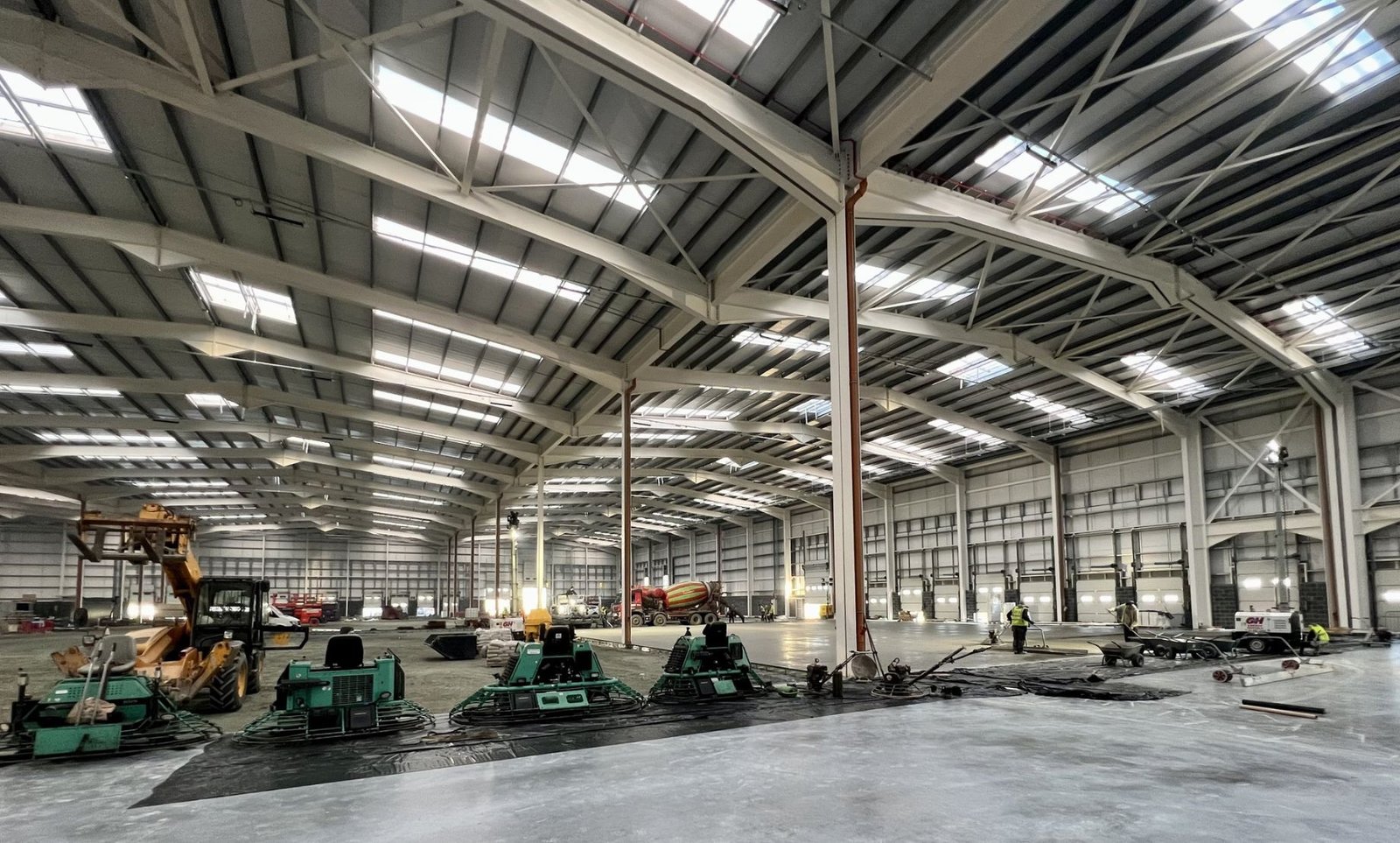
The excellent insulating characteristics of prefabricated steel warehouses contribute to maintaining stable temperatures inside the premises, providing comfort while reducing energy consumption. Ultimately, this solution proves to be both environmentally sensitive and economically favorable, suitable for use in both home and business environments.
Durability advantages of prefab steel structures.
One notable advantage of pre-engineered metal houses is their longevity. These buildings can withstand various weather conditions, including heavy rain, snow, high winds, tornadoes, and earthquakes. The incorporation of galvalume, an aluminum compound, into steel panels enhances their resistance to rust, thereby prolonging their lifespan.
Furthermore, the non-combustible nature of steel buildings makes them impervious to destruction by fire. This additional layer of safety contributes to the overall longevity of these robust structures.
Fire-resistant features of prefab steel warehouses.
Prefabricated steel warehouses offer inherent fire resistance, making them a secure alternative for various applications. The non-combustible nature of this construction serves as a natural fire suppressant, ensuring the safety of stored items and prolonging the life of the warehouse structure.
Additionally, the use of cutting-edge fire-resistant coatings or materials enhances the prefab steel warehouses’ resilience against potential fire hazards, establishing them as a reliable and secure storage option.
Customization features of prefab steel warehouses.
Prefabricated steel warehouses offer customization, providing design flexibility that allows organizations to tailor their structures to enhance durability, functionality, and aesthetic appeal. This customization is particularly valuable for various applications such as automobile production, churches, and warehouses, ensuring that the buildings are not only efficient but also meet specific requirements.
Customized design makes pre-engineered metal buildings more versatile and efficient, improving space usage and profitability. Prefabricated metal buildings can be tailored to fit precise vehicle bay widths and spacing and improve warehouse area usage.
Disadvantages of prefabricated steel warehouse.
Non-permeable:
Prefabricated steel buildings have poor breathability because steel is non-porous. This limitation can lead to condensation, mildew, mold, and corrosion.
There are practical methods for improving steel building ventilation. Architectural louvers promote ventilation while reducing condensation. A vapor barrier on the building’s insulation reduces moisture penetration and improves humidity control. Finally, fans circulate air and eliminate moisture, which improves breathability.
These techniques address and improve poor breathability in prefabricated steel buildings, hence decreasing moisture-related concerns.

Challenges of Expansion:
Another disadvantage of Prefabricated steel buildings is their limited extension. These structures are designed and built to meet certain requirements. Depending on the building design, it may be difficult to expand or modify later extensions.
Most steel pre-engineered buildings can only expand along the ridge. It is easier to increase the length of a structure than its width.
Summing up:
Steel buildings are a versatile and reliable alternative for construction projects across industries due to their fire resistance, durability, energy efficiency, low maintenance, and customizability.
These benefits make prefabricated steel buildings a versatile and reliable solution for many construction projects in various industries. Technology continues to improve steel buildings’ efficiency, design, and performance, making them popular and widely used.

